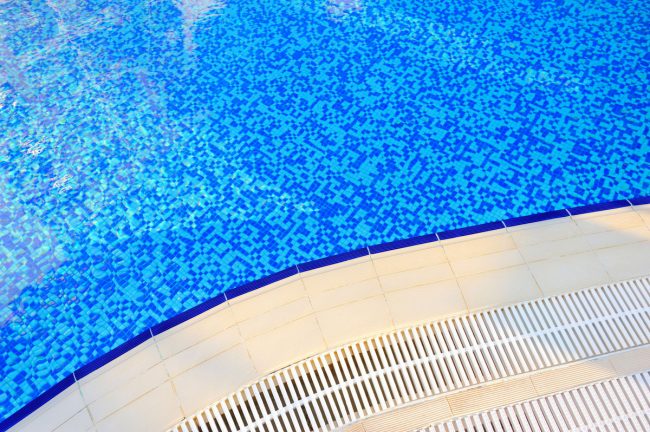Weekly Pool Maintenance
Here are the essential tasks for weekly pool care: Skim the surface of the water. Use a skimmer net to remove any leaves, bugs, or other debris that has floated to the top of the water. Brush the walls and floor of the pool. Use a pool brush to remove any algae or other buildup on the…

